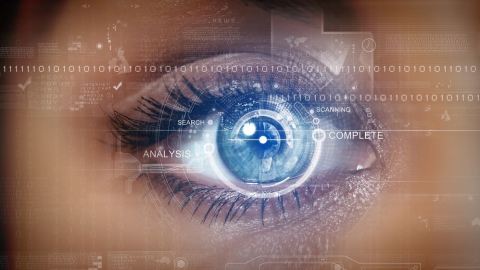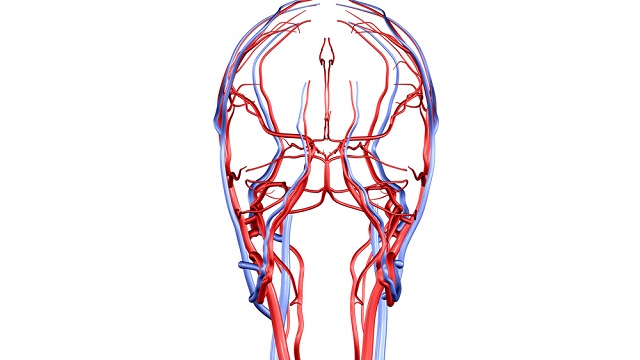Long-Range Iris-Scanning Technology Has Arrived

Using long-range iris-scanning technology, your identity can be determined from across the room with extremely high accuracy — as high as someone taking your fingerprints. But, of course, you won’t know your iris is being scanned, and therein lies the potentially life-saving advantages and creepy-futuristic scariness of long-range iris scanning.
One promising application of the technology, says lead research engineer Marios Savvides of Carnegie Mellon University, is for use during traffic stops. Rather than approach a potentially dangerous person inside the vehicle to ask for identification, a police offer could scan the iris of a person as they check their rearview mirror upon being pulled over.
“Fingerprints, they require you to touch something. Iris, we can capture it at a distance, so we’re making the whole user experience much less intrusive, much more comfortable. There’s no X-marks-the-spot. There’s no place you have to stand. Anywhere between six and 12 meters, it will find you; it will zoom in and capture both irises and full face.”
Like driving through EZPass tolls on the highway that don’t require you to stop your vehicle, long-range iris technology could move lines of people along at airports, where ID checks are cumbersome and inconvenient for travelers rushing to a flight.
It’s easy to imagine the dark side of this technology, e.g., enabling the government or private individuals to surveil you without your knowledge and identify who you are. But, says Savvides, this technology is already omnipresent:
“People are being tracked, their every move, their purchasing, their habits, where they are every day, through credit card transactions, through advantage cards — if someone really wanted to know what you were doing every moment of the day, they don’t need facial recognition or iris recognition to do that. That’s already out there.”
That’s a sentiment Brad Templeton shares when he explains that today’s surveillance technology is already way beyond Orwellian in size and scope.




